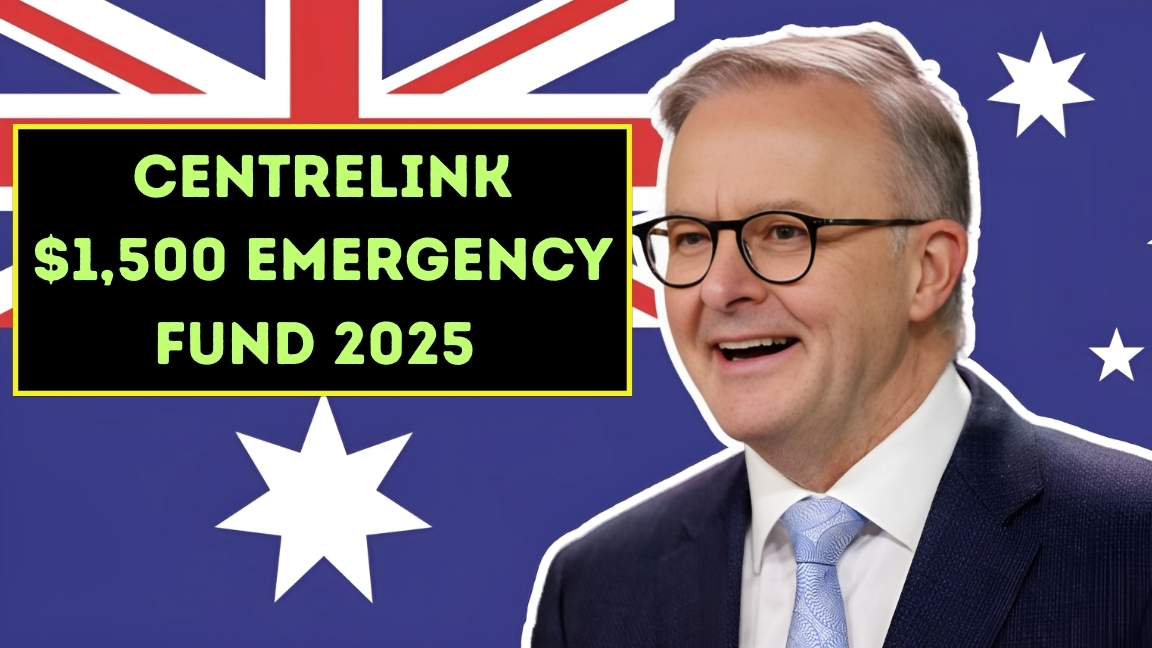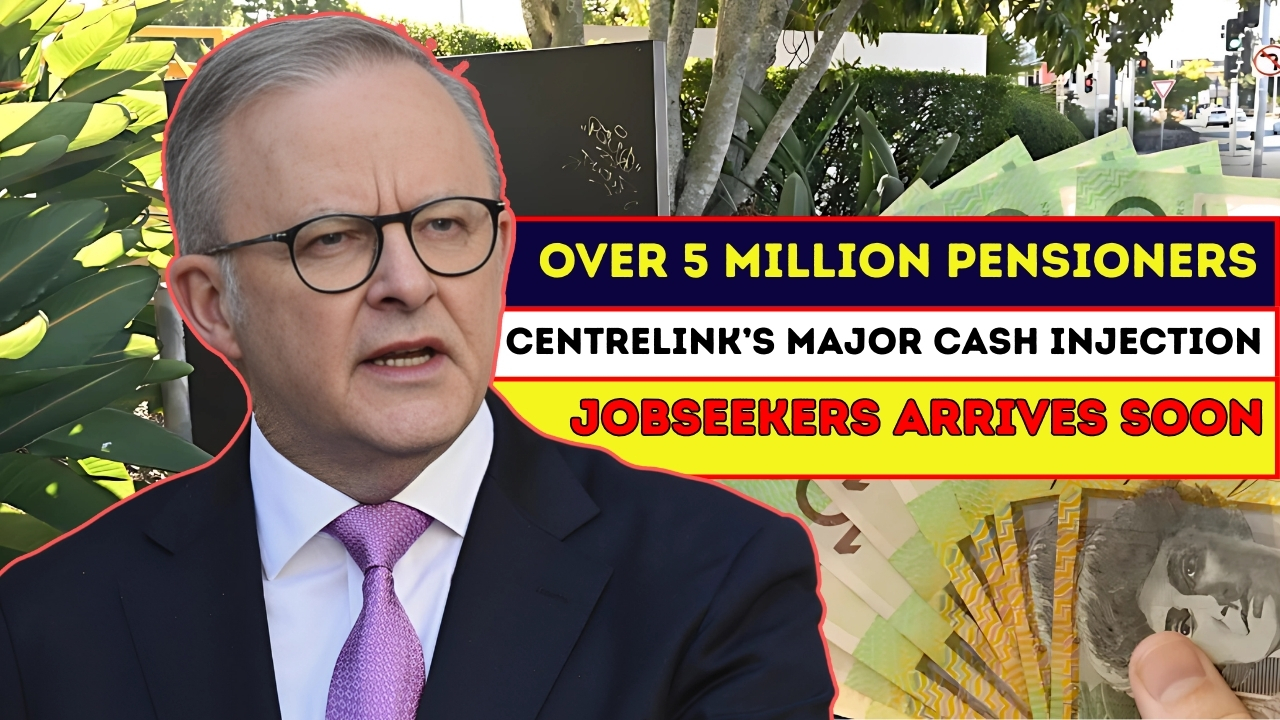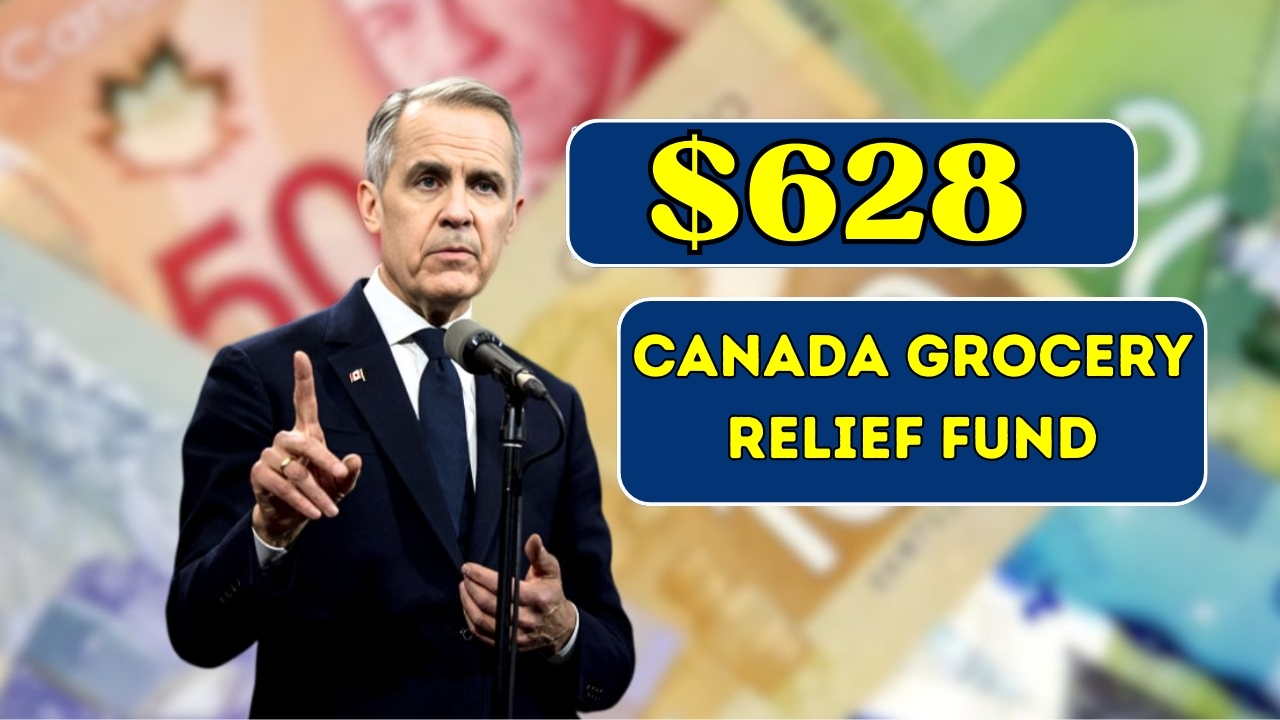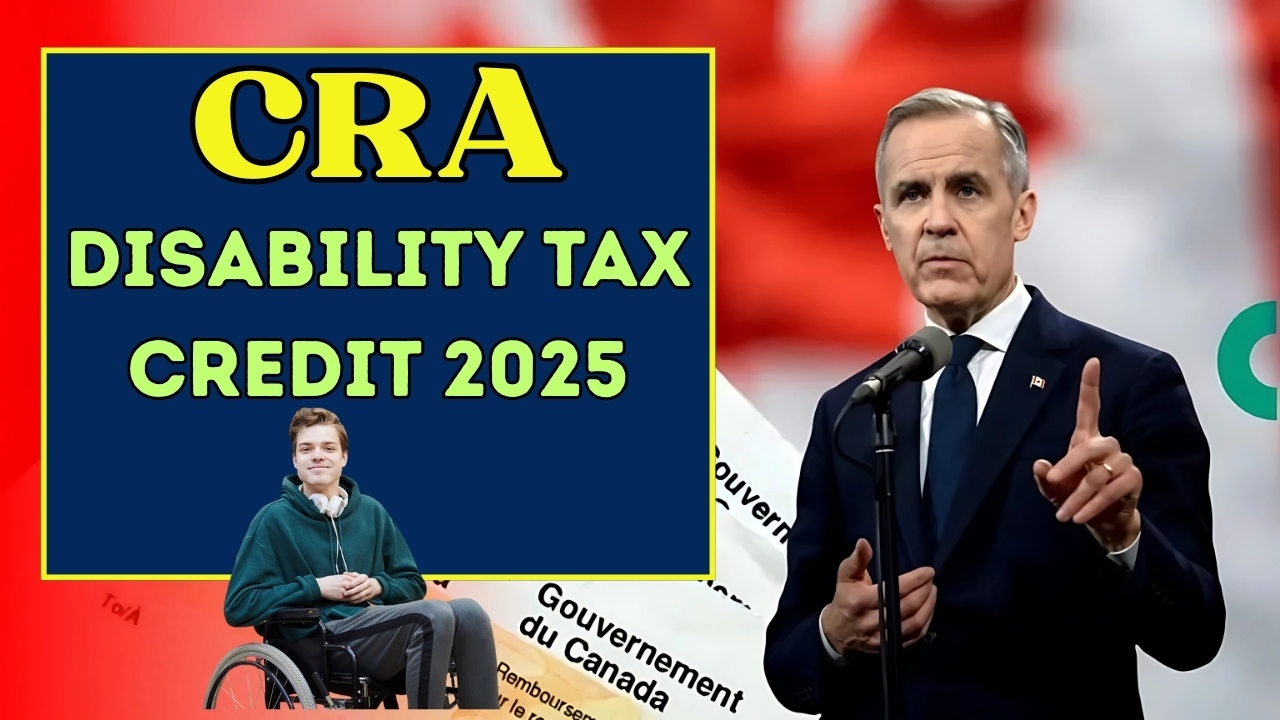Why the Hike Was Approved
Due to the spiraling needs of global fuel markets, increasing generation needs, and the urgent necessity to upgrade aging grids, the Australian Energy Regulators felt the increase was unavoidable. An AER spokesperson remarked, “Our responsibility is to ensure the lights stay on, costs remain fair, and networks can transition responsibly,” which indicates the growing reliance on coal and gas renewables and the expectation for the energy grid.
Ripple Effect on Daily Life
With the increase in tariff, almost everyhousehold will now have to pay an additional 200 to 300 dollars every year.
Rural residents and single-parent families are likely to face the harshest impact. “I already shop late in the evening to save on groceries. Now I’ll have to think twice before using the heater,” stated Melbourne’s Carla Nguyen, a perspective that rings true in many towns and suburbs. Small retailers and cafés are also bracing for tighter margins, with some owners suggesting that higher prices on the items sold may be a necessity.
Government Relief Support and Response Measures
There are plans to introduce designated rebates for low-income families and seniors, while the federal government has promised to “cushion the blow,” for millions with relief support. Economists, however, believe that relief schemes are only designed to support families in the short-term. They mention the critical issue that needs to be worked on is the incentivizing of investment in renewable resources like wind and solar, to reduce dependency on volatile fossil fuel imports. Community battery projects were promised to be implemented in the nearest future, aiming to stabilize prices in the mid-range.
Though the criticism for the surge may intensify, the worrying fact to ponder is that, during the upcoming years, Australia might be introduced to further price hikes in the long-term energy transition.
As the climate goals loom and infrastructure improvements are lagging, dealing with cost efficiency and sustainability has become an exceedingly challenging issue. For now, Australians need to find alternative ways to adapt and see whether movements strengthen or strain public trust in the nation’s energy roadmap.








